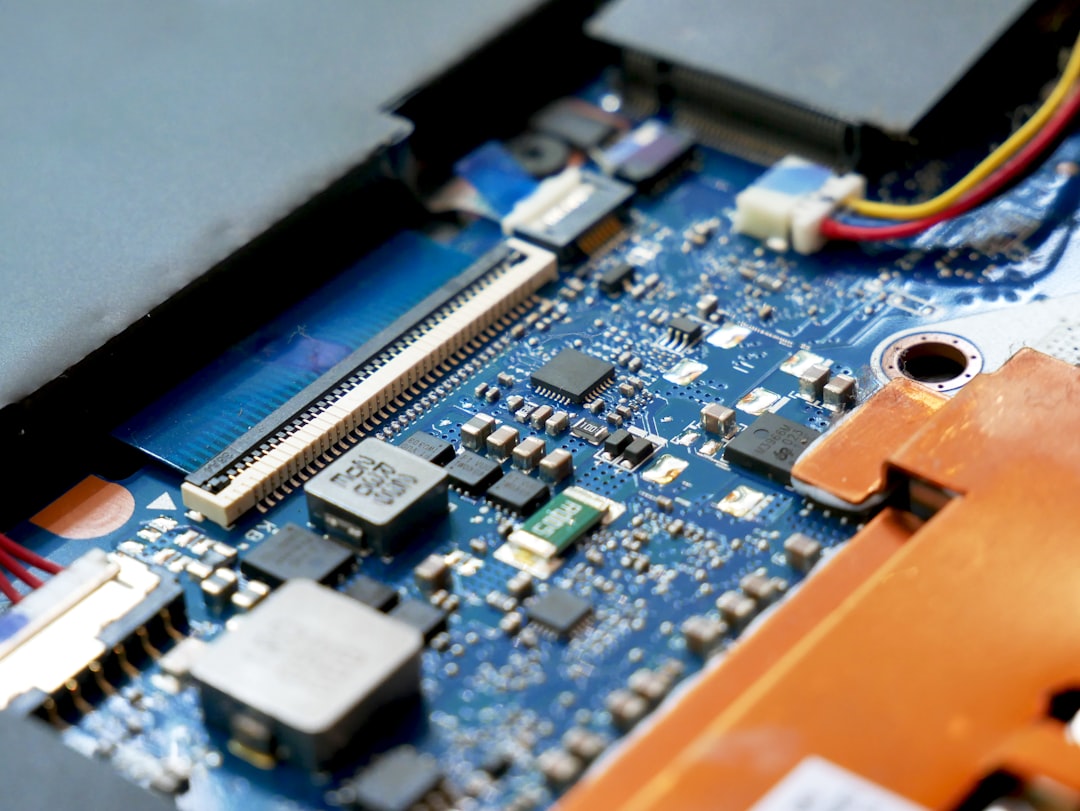When it comes to connecting networks and telecommunications equipment, understanding the distinction between RJ-11 and RJ-45 connectors can be both practical and essential. Despite the rise of wireless technologies and increasingly sophisticated data transmission methods, these two physical interfaces remain widely used. However, they serve very different functions and are far from interchangeable, making it important for both IT professionals and general users to know the difference.
The Basics of RJ-11 and RJ-45
At first glance, the RJ-11 and RJ-45 connectors may appear similar because they are both modular connectors typically made from clear plastic. However, the differences are significant and go beyond just appearance.
- RJ-11: Usually used for telephone connections. It has four or six positions and two or four wires.
- RJ-45: Commonly used for Ethernet and other data networking. It contains eight positions and eight wires (8P8C).
These structural differences directly influence their functionality. While the RJ-11 connector is designed to transmit voice data at relatively low speeds, the RJ-45 is engineered for high-speed digital data transmission.

Key Differences and Their Implications
The difference in function between RJ-11 and RJ-45 goes beyond the number of pins. Their electrical characteristics, compatibility, and cable types are also notably distinct. Here’s a breakdown of the most crucial differences:
1. Physical Size and Design
RJ-45 connectors are physically larger and wider than RJ-11 connectors. Trying to fit an RJ-11 plug into an RJ-45 jack, or vice versa, typically won’t work and could potentially damage the hardware.
2. Wire Count and Compatibility
RJ-45’s 8-conductor design allows it to support modern Ethernet standards such as Cat5e, Cat6, and beyond. RJ-11, by comparison, supports only two or four wires, sufficient for older telephone wiring but inadequate for high-speed internet data transfer.
3. Applications
- RJ-11: Used for landline telephones, fax machines, and DSL modems.
- RJ-45: Used for computer networking, including connecting to LANs (Local Area Networks) and WANs (Wide Area Networks).
Why Their Differences Still Matter
In an age where wireless technologies continue to dominate, one might ask whether knowing the difference between RJ-11 and RJ-45 really matters. The answer is a resounding yes, for several reasons:
1. Infrastructure Compatibility
Many homes and offices still rely on wired networks for more stable internet connections. Plugging the wrong connector into the wrong port can result in hardware damage or a complete lack of connectivity.
2. Troubleshooting
For network technicians, identifying the right cable and connector is often the first step in diagnosing an issue. Confusing an RJ-11 for an RJ-45 can lead to faulty diagnostics and wasted time.

3. Device Requirements and Limitations
Many modern devices still include both RJ-11 and RJ-45 ports. For example, some DSL modems require both a phone line (RJ-11) for internet signal input and a network cable (RJ-45) to connect to a router or computer. Without knowing which connector to use, functionality can be compromised.
Crossover: Where Confusion Occurs
Some confusion arises from the misconception that RJ-11 can simply “plug into” an RJ-45 port because its narrower design permits it to fit loosely. While the plug might go in, it won’t make contact with the correct pins and can cause connectivity failures. Moreover, doing this repeatedly can permanently damage the RJ-45 port.
In some older installations, especially in residential setups where DSL internet was more common, this kind of crossover may have worked temporarily. But it’s not recommended or reliable, particularly in the context of today’s high-speed networks.
The Future of RJ Connectors
As fiber optics and other ultra-high-speed communication technologies become more widespread, the use of traditional RJ connectors might seem outdated. However, their simplicity and ease of use ensure that they remain integrated into modern infrastructures, at least for the near future.
RJ-11 is gradually becoming obsolete, especially with the decline of landlines, but its prevalence in legacy systems means it won’t disappear overnight. Meanwhile, RJ-45 remains very much a cornerstone in wired networking, essential for everything from office environments to gaming setups.
Best Practices for Use
For those dealing with network infrastructure or home office setups, understanding which connector to use, and when, remains a fundamental skill. Here are some tips:
- Label your cables: Especially in environments with mixed RJ-11 and RJ-45 usage, labeling can reduce guesswork and mistakes.
- Use the right ports: Double-check device documentation to ensure the correct connector is being used.
- Invest in quality cables: Cheap or damaged cables can cause connection issues regardless of the connector type.
In conclusion, the simple yet crucial difference between RJ-11 and RJ-45 connectors continues to matter in multiple aspects of modern communication and digital networking. Understanding their roles, limitations, and ideal use cases is essential for maintaining efficient and reliable connectivity.
FAQ
- Q: Can I use an RJ-11 cable in an RJ-45 jack?
A: No, while it may physically fit due to being smaller, it will not align properly with the contacts and can damage the port. - Q: Is RJ-45 only used for Ethernet?
A: Primarily yes, but it can also be used for other types of structured cabling systems, including digital phone systems in some offices. - Q: Are RJ-11 cables still in use today?
A: Yes, mainly for landlines, fax machines, and DSL internet connections, although their use is declining. - Q: How can I visually distinguish between RJ-11 and RJ-45?
A: RJ-45 is wider and has eight metal contacts, while RJ-11 is smaller with four to six contacts. - Q: Can RJ-45 support phone lines?
A: Technically yes, but it’s not designed for that use and usually not compatible with standard phone systems.
